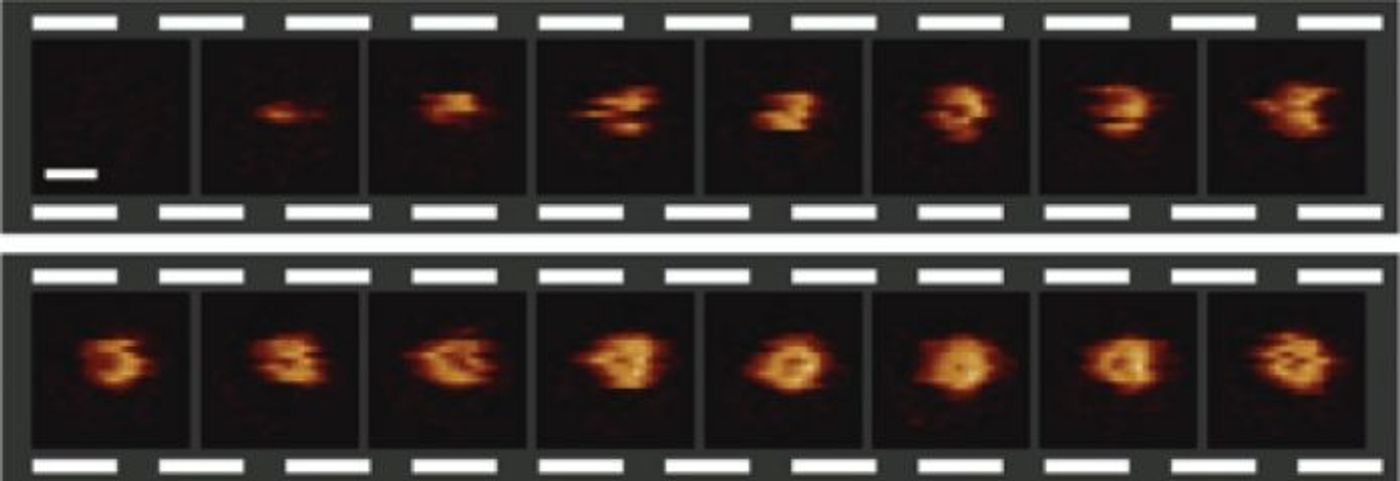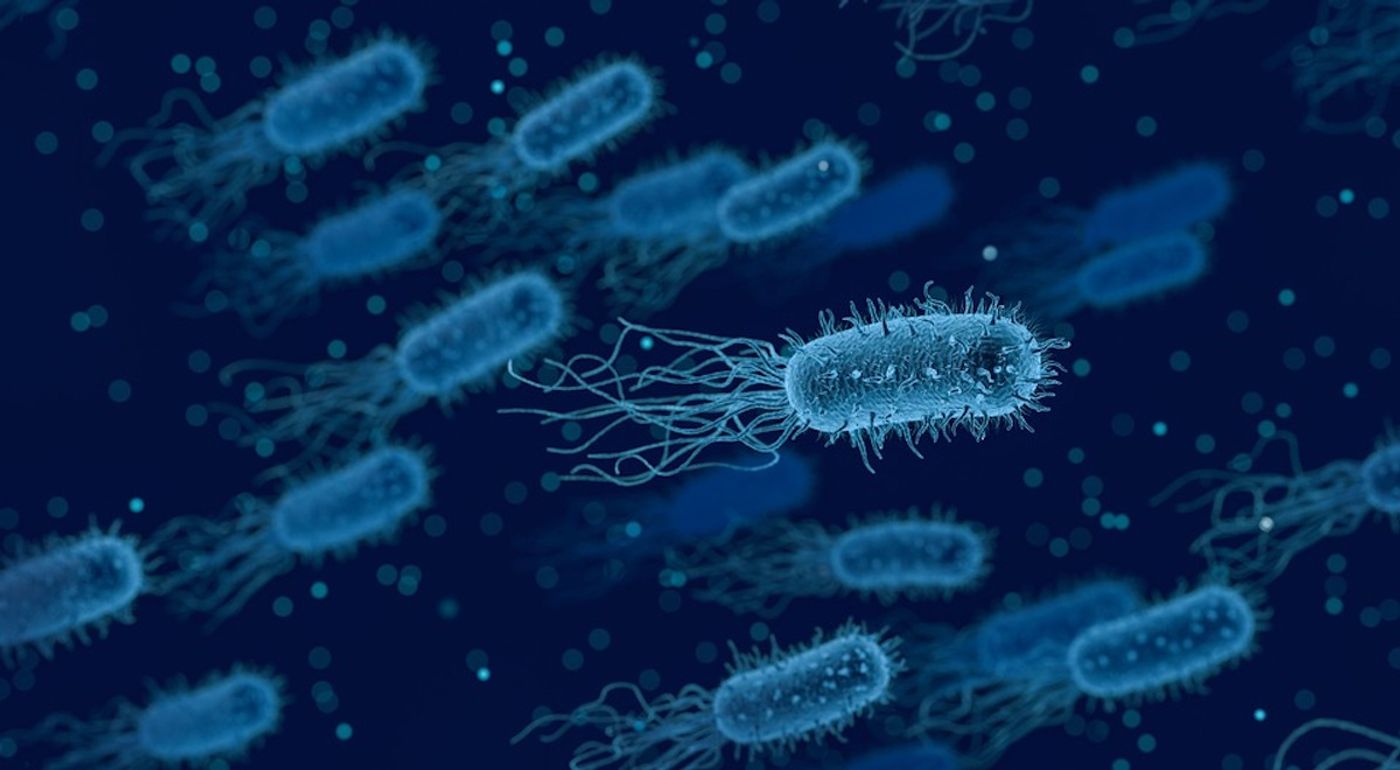Watching the Immune System Destroy Invading Bacteria
When bacteria get into our bloodstream, the immune system has to detect and destroy it before it leads to an infection. Scientists at University College London (UCL) have identified new steps in the process that protein complexes, acting as nanomachines, use as they create holes in the bacterial invaders they target. The researchers filmed the nanomachines as they went to work, and found a pause in the mechanism that helps protect our cells from being accidentally destroyed. The work, which was reported in Nature Communications, provides new insight into how the immune system eliminates bacteria to prevent infection, and how the immune system can be altered to target our own cells when those cells become problematic.
The immune system scans the body for invaders, activating the complement system when it locates one. The final step in that activation is when the membrane attack complex (MAC), a kind of nanomachine described in the video, laces the bacterial cell envelopes with minuscule holes that are only 10 nanometers wide - less than a ten-thousandth of the width of a human hair. As the surface of the bacterial cell is perforated, the bacterium cannot survive. These lethal holes are commonly seen in defense systems that attack pathogens.
Previous work had captured images of live bacteria as they were attacked by the nanomachines. In this study, the team mimicked the formation of these deadly holes with a model of the bacterial surface. They followed each step of the process with a technique called atomic force microscopy, watching as it stalled after each hole began to form.
"It appears as if these nanomachines wait a moment, allowing their potential victim to intervene in case it is one of the body's own cells instead of an invading bug before they deal the killer blow," explained Dr. Edward Parsons of the UCL London Centre for Nanotechnology.
Eighteen copies of one protein are needed for a hole; the first copy slips into the cell surface by itself, then the others move rapidly into place. That pause between the first copy and the movement of the rest offered the cells of the body a chance to avoid the attack.
"It is the insertion of the first protein of the membrane attack complex which causes the bottleneck in the killing process. Curiously, it coincides with the point where hole formation is prevented on our own healthy cells, thus leaving them undamaged," said Professor Bart Hoogenboom of UCL Physics & Astronomy.
Dysfunction in the formation of MAC has been implicated in a variety of diseases, and the complement system may be a way to harness the immune system to kill cancer. It will be important to understand the steps of this process if the complement system is to be used in therapeutics.
Sources: AAAS/Eurekalert! Via UCL, Nature Communications










